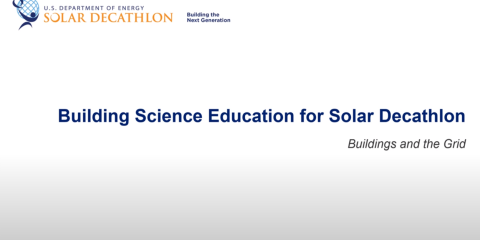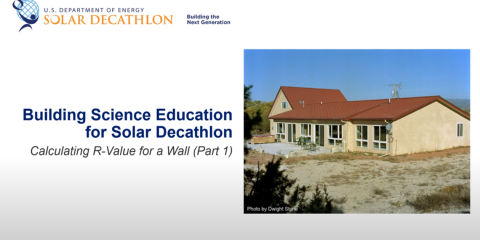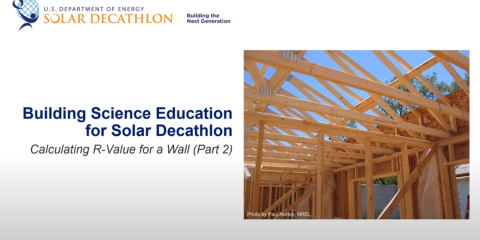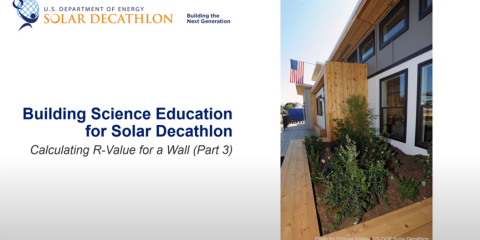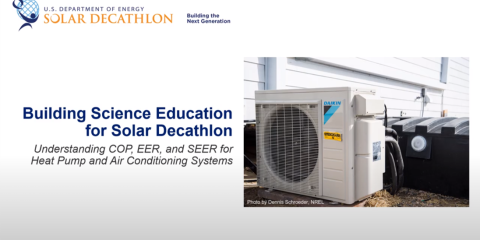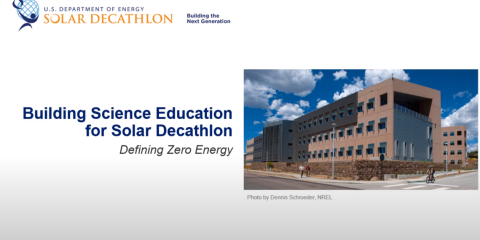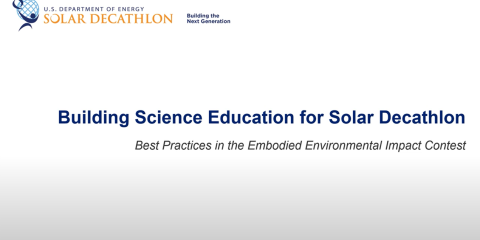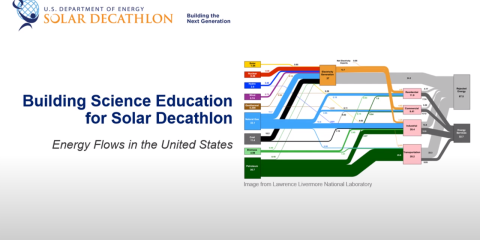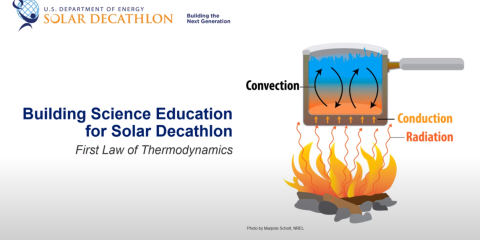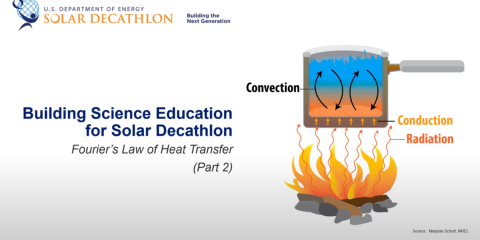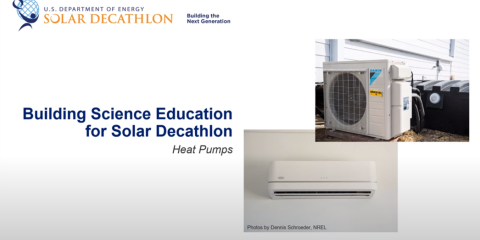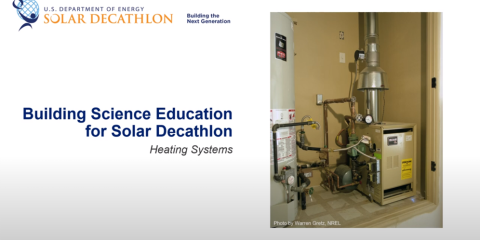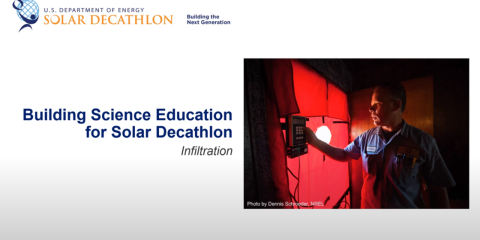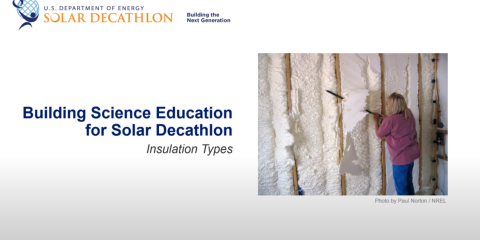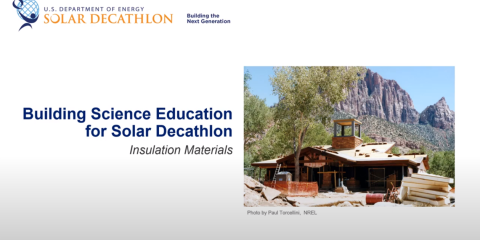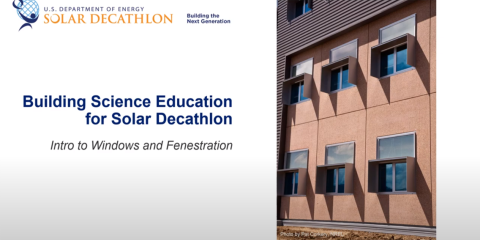This webinar, originally presented by Dane Christensen as part of the 2019 Design Challenge, takes a deeper look at buildings and their interaction with the grid, and looks toward the future of the grid.
Resource Library
Showing results 321 - 340 of 397
In this video, we will demonstrate how to calculate R-values for a simple wall construction.
In this video, we continue the demonstration of calculating R-values of a wall. Expanding on the simple calculation from part 1, this video dives into a more complicated example.
In this video, we continue calculating R-values for a wall, now using various types of insulation and other building techiniques to increase the R-value.
In this video, Dr. Nikitha Radhakrishnan, Research Engineer at the Pacific Northwest National Lab, discusses the basics of building controls and automation systems.
In this video, we continue the discussion of efficiency methods for heating and cooling systems and focus on defining terms used to measure efficiency of heat pumps and air conditioning systems.
This video defines the concept of zero energy and dives into the ways a zero-energy goal can set you up for success.
This webinar was originally presented as part of the 2020 Design Challenge. In this webinar, Michael Young introduces the Embodied Environmental Impact Contest, lessons learned, and recommendations from the Solar Decathlon competition management team.
In this video, viewers will learn about the distribution of energy consumption in the US by discussing primary energy sources, analyzing a Sankey Diagram for Energy Consumption, and looking at recent trends in energy generation.
This video introduces the First Law of Thermodynamics and how it can be used to analyze how energy moves in and around buildings.
This video is part 2 of the discussion on Fourier's Law. In this video, we define "building envelope", explain how the 3 modes of heat transfer discussed in part 1 can be applied to building science, and introduce the concepts of U-value and R-value.
In this video, we cover heat pump technology and go into the details for how this system works to both heat and cool buildings.
This video explains heating systems, primarily for residential applications, with a focus on heat sources and distribution systems.
This video explains the importance of studying Building Science by looking at the impact buildings have on the overall energy consumption in the US.
This video discusses air infiltration through the building envelope and how to measure the rate of air infiltration using volumetric flow rate.
This video is part 2 of the lesson on insulation. This lesson will cover how the various insulation materials discussed in part 1 can be applied in buildings.
This video is part 1 of the discussion on insulation; viewers will learn about the various materials used for insulation in the building industry.
This episode is an introduction to windows and the arrangement of windows on a building, known as fenestration. This video covers important terms used to describe properties of windows and the energy impact of windows in a building.
In this video, guest speaker Dr. Marcus Bianchi, Senior Engineer at NREL, discusses R-values and how they can be used to indicate insulation performance.
In this video, viewers will receive a detailed explanation on how to read an electricity bill. Using 3 examples, learn about the various things you will see on an electricity bill and the differences between bills for residential and commercial buildings.
